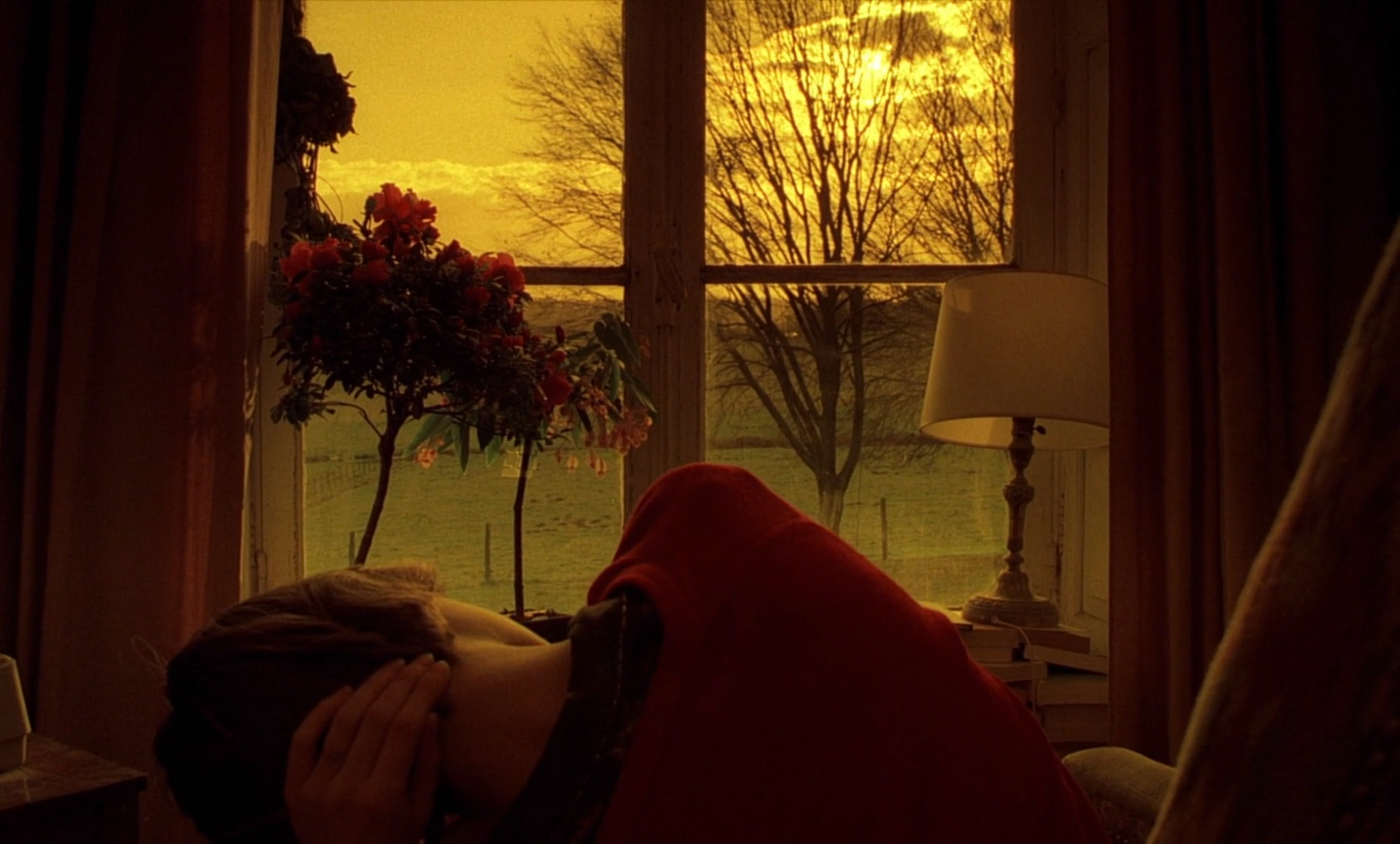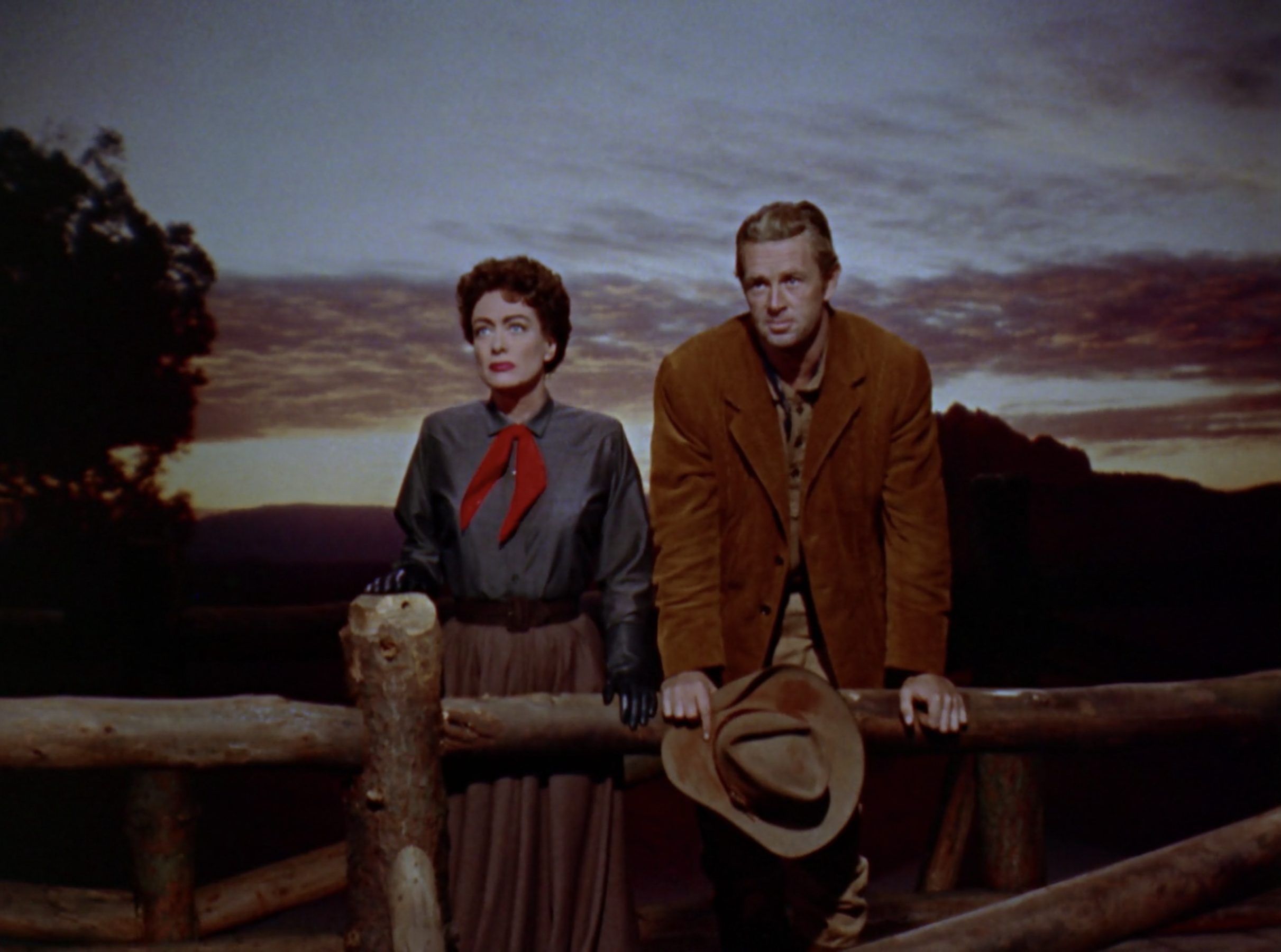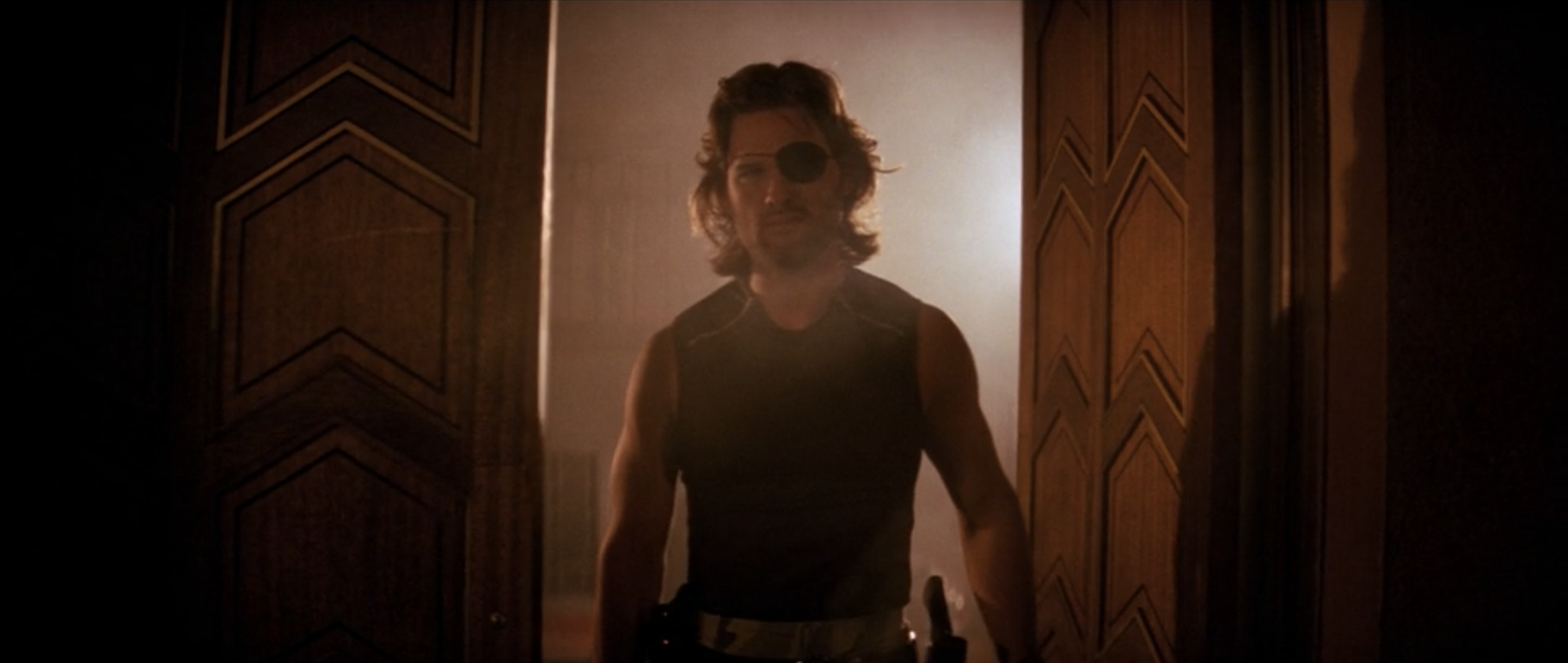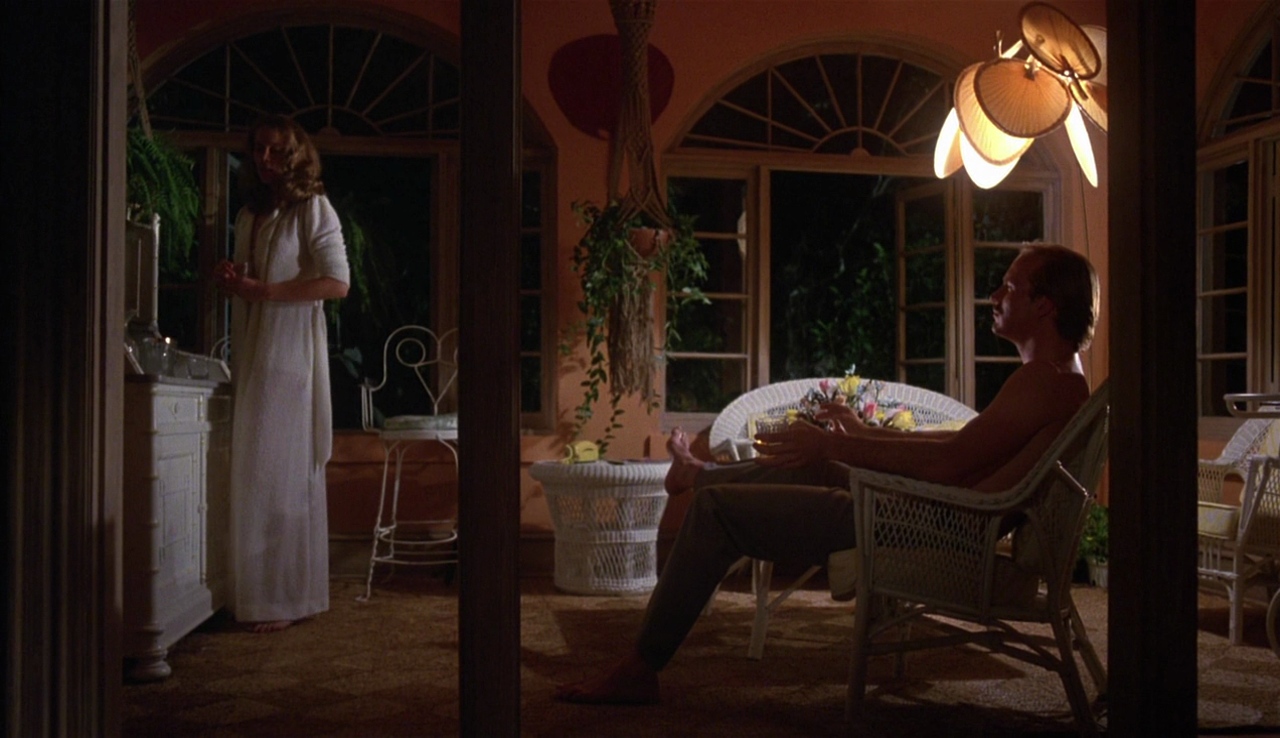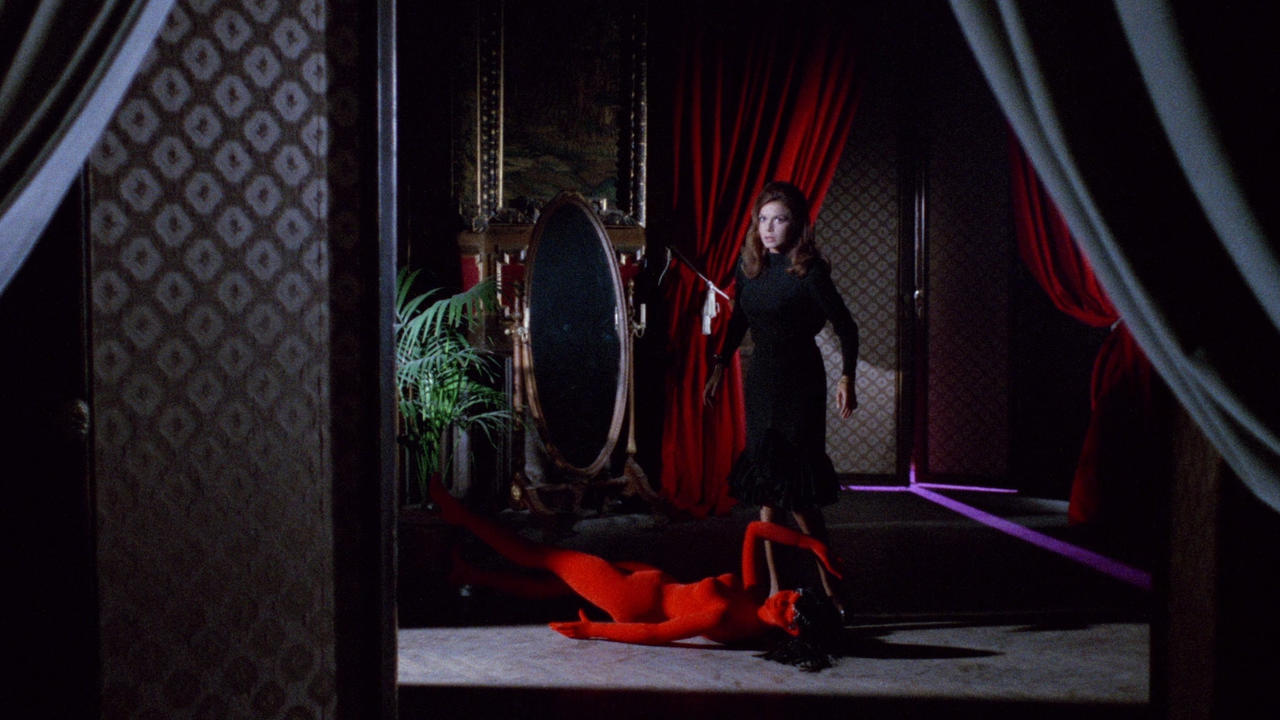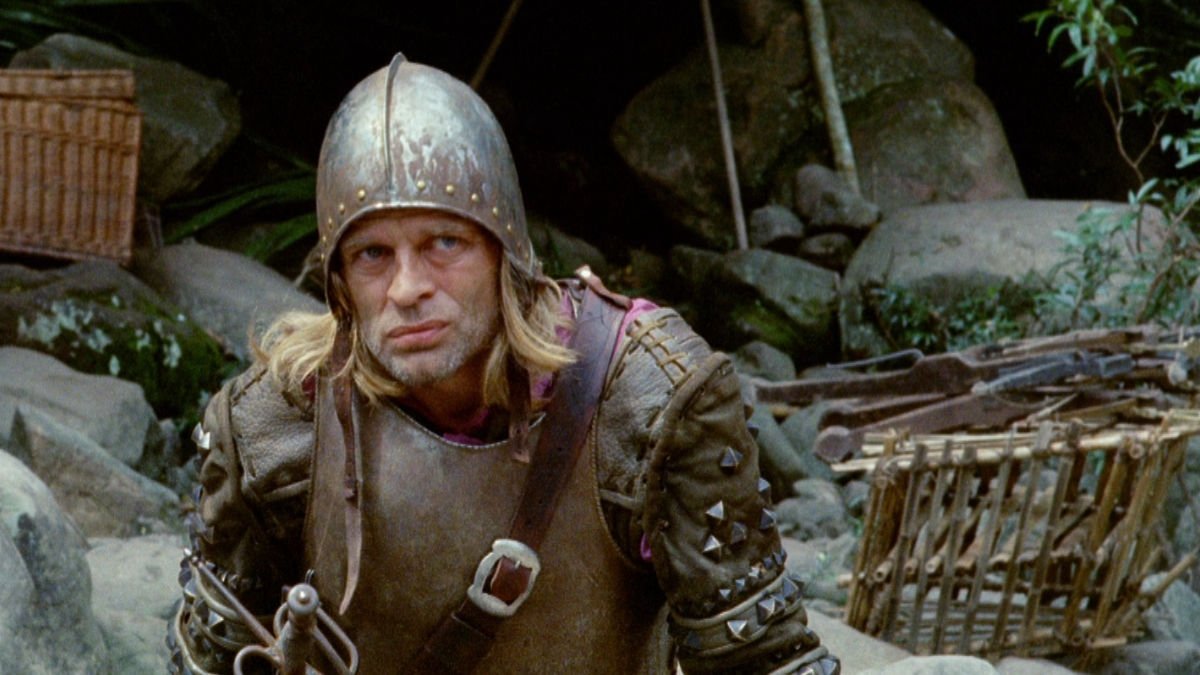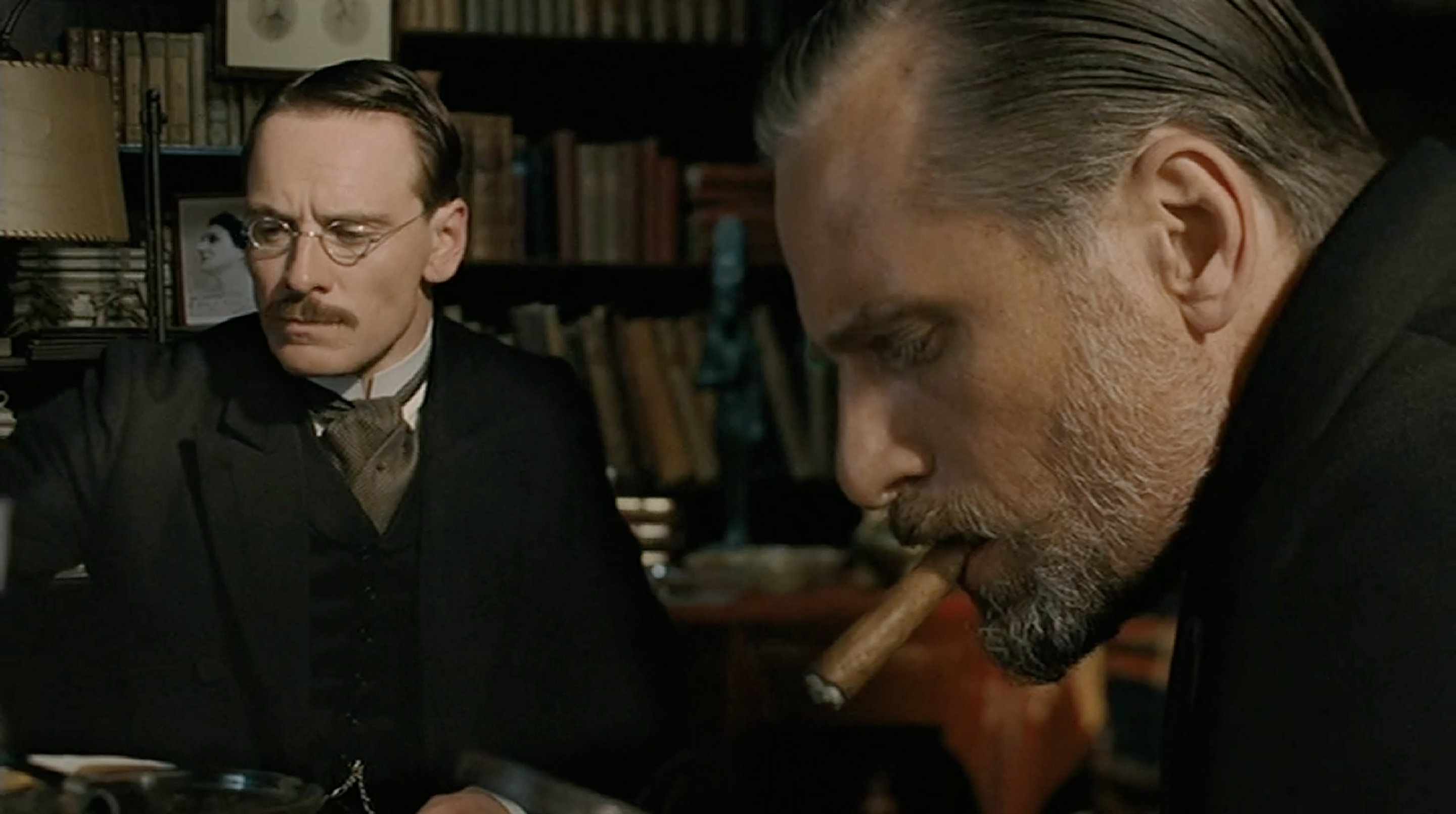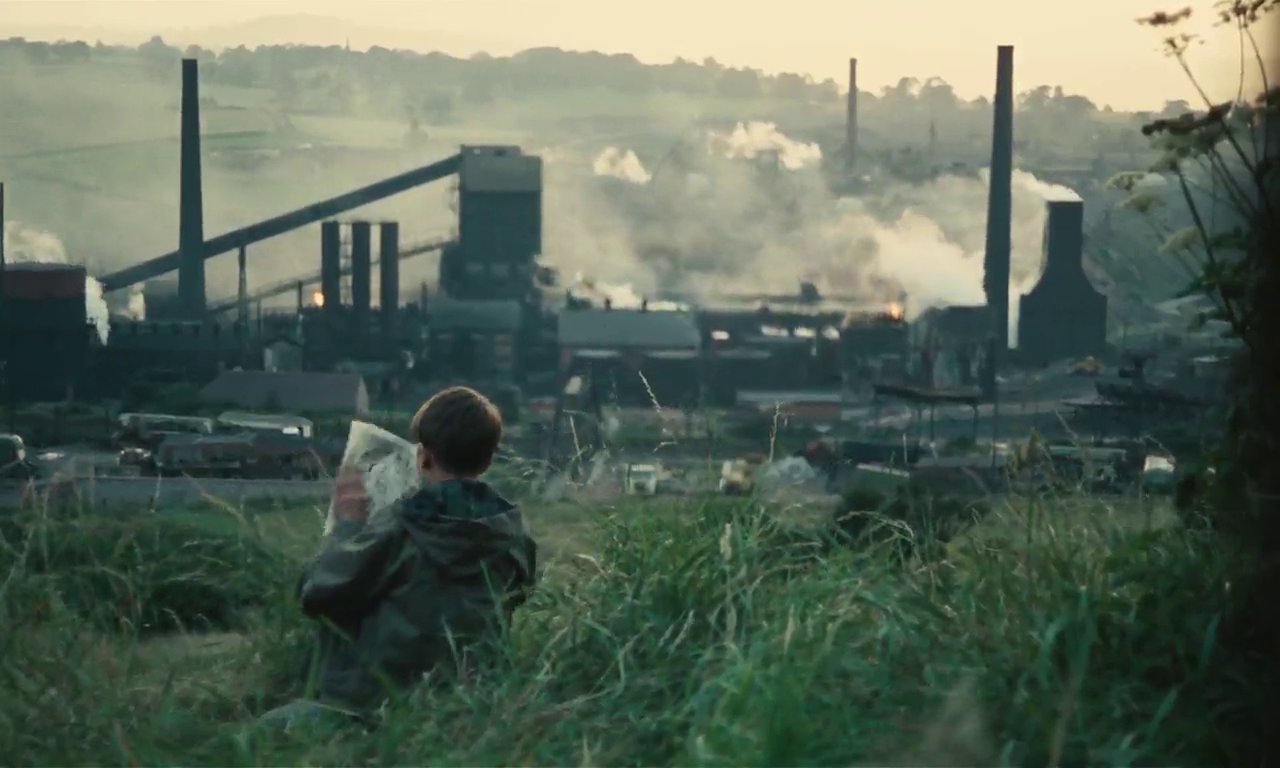Rushmore (1998)
There may not be a single Wes Anderson character more suited to his highly-curated affect than Max Fischer, as the slightly autobiographical characterisation of this ambitious school student imprints a comically organised style and structure upon Rushmore that matches the young filmmaker’s own idiosyncratic precision.


